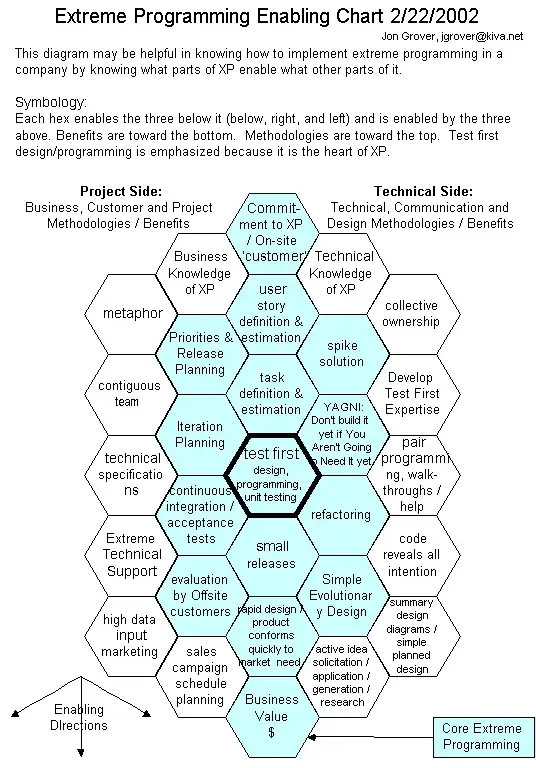Ultimately, Extreme Programming is about a set of practices and methodologies that lead to improved business value. The best illustration of this that I have found is from http://c2.com/cgi/wiki?ExtremeProgrammingEnablingChart

Everything in blue is part of the core of XP.
There are parts of it that are at the outside of it that help enable things within the blue area and are part of XP as a whole, but not critical to it. Note that I am personally not an XP practitioner and I've read a fair amount of criticism of people "almost" following XP that various people have said isn't XP. Lets set that aspect of the dogma of XP aside for a bit and look at what we have.
Realize that one of the first and for most things is to have a commitment to the process from the customer. A key component of XP is the customer involvement. This shows up in a number of the spots such as release planning, small releases, offsite customer evaluation. These are things that your customers will need to subscribe to if you are going to be successful at XP as a solo developer. If they ask instead for a design and then a development period and then testing and such, you won't have the commitment from them to go further.
XP doesn't mean no planning. There are several points in this where planning is part of it - prioritization, user story estimation, iteration planning, and task definition. Even though you are one developer on this, these are things that you will need to work with your customer on delivering.
Points such as collective ownership of the code and pair programming are things that involve more than one. Deciding upon things such as coding standards are much easier, but it doesn't mean you don't have to follow them. Collective code ownership still applies - its just that the ownership is also the next developer - don't write code that is for you and you alone. Note that this is in some degree of conflict with the 'code reveals all intention' that is enabled by pair programming - you don't have that person to check that you are writing maintainable code so documentation of the code is also critical.
Apart from those caveats, many of the XP design principles still apply. Things such as test first design, continuous integration, meetings with the customer, refactoring, YAGNI, spike solutions - those call can be done solo.
Realize that solo XP takes as much or more discipline as regular XP. XP is often considered a high discipline methodology in that it requires people to maintain rigorous adherence to the best practices that it tries to embody. When you don't have a coach or other people to support that discipline needed it can fall away into just a hodgepodge of practices that bear some resemblance to XP.
Related reading:
I'd like to pull out a quote from the first of the c2 links:
Noted Perl Language luminary, and mad scientist, Damian Conway believes that Extreme Programming is actually a misnomer. Since it embodies many of the good programming practises that programmers are taught but almost certainly ignore, he believes that it should really have been called Ultra Conservative Programming
